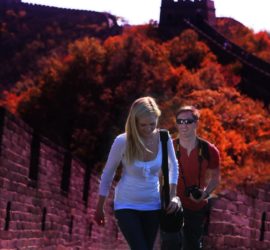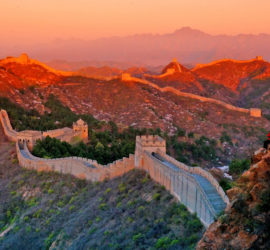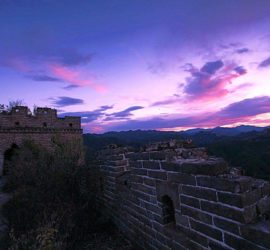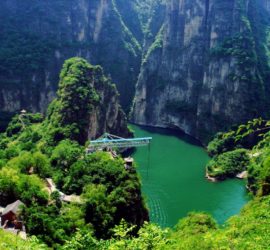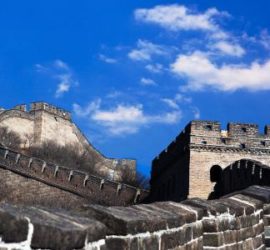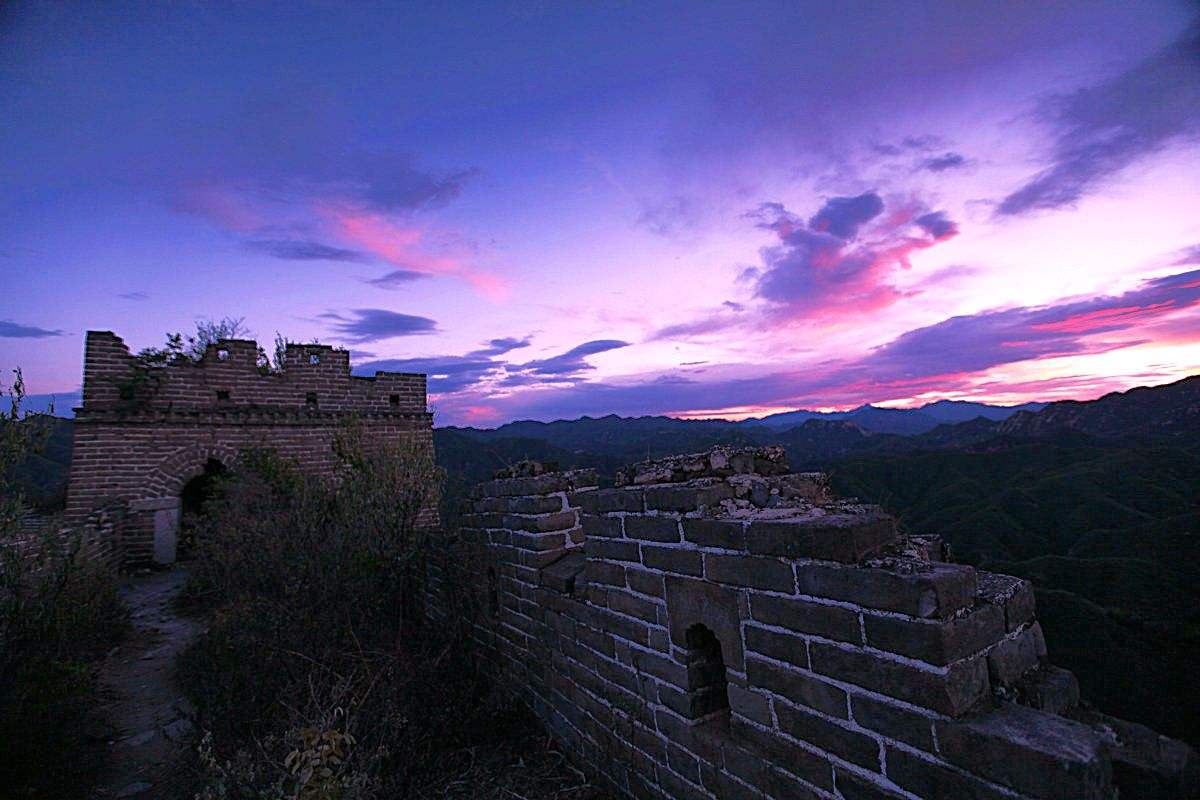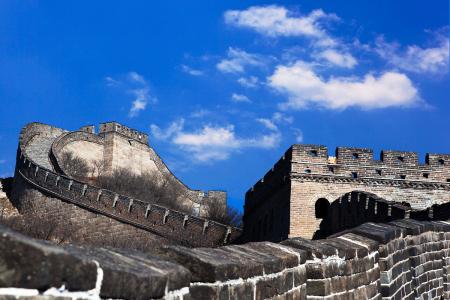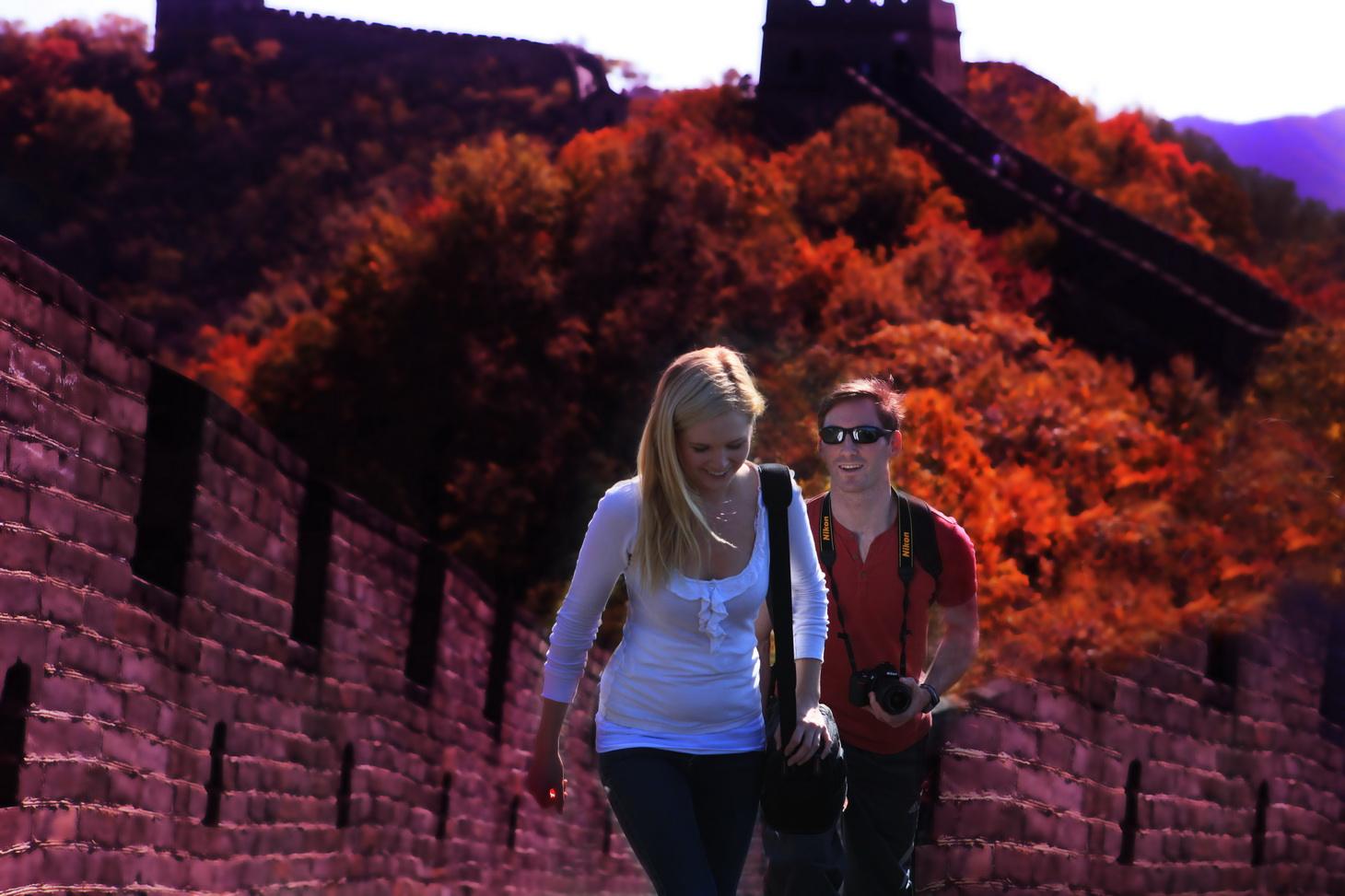일반 정보:
세계적으로 유명한 곳으로 운전기사가 있는 차를 렌트하세요 Forbidden city,Temple of heaven & Summer palaceMr. Orange가 제공하는 편리하고 유연한 투어를 즐겨보세요.
새로운 곳으로의 여행은 즐겁고 호사스러워야 합니다. 하지만 여기에는 항상 시간, 돈, 그리고 노력이라는 대가가 따릅니다. 바로 이 부분에서 저희가 도움을 드립니다. 저희 렌터카 서비스는 고객님의 특별한 필요에 맞춰 매 순간 맞춤 서비스를 제공할 수 있도록 매우 유연하게 설계되어 있습니다. 만리장성까지 편안하게 이동하며 도착하기만을 기다리세요.
Why you will need a private transfer?
효율적인 서비스
저희는 중국에 대한 모든 것을 잘 아는 정식 면허를 소지한 운전기사와 함께 최고의 서비스를 제공합니다. 운전 외에도 고객님의 모든 필요를 충족시켜 드립니다. 필요하시면 언제든지 방문 중 점심 식사 시간 및 과태료 납부를 도와드립니다. 저희 차량은 신차이며, 에어컨, 에어백, 안전벨트, 소화기 등 필요한 모든 편의 시설이 완비되어 있습니다.
당신은 저장할 수 있습니다
택시를 찾아 헤매고 엄청난 요금을 내야 하는 불편함과는 달리, 저희 팀은 하루 종일 고객님 곁에 있습니다. 어려움이 있으시면 언제든지 고객센터(0086-13910694045)로 연락주세요. 운전기사와 차량을 몇 시간 동안 대기시켜 드리며, 고객님의 상황에 맞춰 요금을 조정해 드립니다. 숨겨진 요금은 없으며, 보이는 그대로의 서비스를 받으실 수 있습니다.
당신은 유연합니다
언제든, 심지어 이른 아침에도 서비스를 요청하실 수 있습니다. 원하시는 곳 어디든 모셔다 드리고, 원하시는 만큼 머무실 수 있습니다. 원하시면 최대 4명까지 친구와 함께 오실 수 있습니다. 이렇게 하면 비용도 절약할 수 있고, 더 즐거운 시간을 보내실 수 있습니다. 저희 운전기사는 중국어를 구사하며, 어려운 소통 상황에서 어려움을 극복할 수 있도록 도와드립니다. 단, 운전기사와 통화하려면 중국어 기본 영어 요약지를 다운로드해야 할 수도 있습니다.
관세 (가격은 차량당이며, 사람당이 아닙니다):
| 1인 | 2인 | 3-5명 | 6-9명 | >10명 |
| 120달러 | 125달러 | 155달러 | 185달러 | 정확한 견적을 원하시면 저희에게 연락주세요 |
시간표:
- 출발 시간: 오전 7시 (제안 시간이며, 요청에 따라 변경될 수 있습니다)
- 예상 복귀 시간: 오후 6시
- 환승 시간: 4시간
- 포함 사항: 운전자, 연료, 주차료, 통행료
- 제외 항목: 점심 식사, 입장권, 좋은 일에 대한 감사
- 픽업 장소: 베이징 시내 호텔
- 하차 지점: 베이징 시내 호텔
Forbidden City

As one of the most famous sites to see when visiting Beijing in China, the Forbidden City is a place that would transport just about anyone into the past. It has been named as a UNESCO World Heritage Site in 1987 due to its incomparable beauty, and as the structure and the overall uniqueness of the palace is considered as a major part in history, it has been ensured that the establishment would be well-preserved in the years to come.
Temple of Heaven
The Temple of Heaven refers to an imperial complex mainly of religious structures located in the southeastern region of central Beijing. The Emperors of Qing and Ming dynasties visited the complex where they conducted annual prayers to the Heavens for the abundant harvests. It is termed to as a Taoist temple.
Two encircling walls into the interior and towards the exterior parts divide the Temple of Heaven. Its primary structures are built towards the north and south ends of the central axis of the inner region. From the south towards the north, Huangiutan or the Circular Mound Altar, the Imperial Vault of Heaven also called Huangqiongyu and Qiniandian which was the Hall of Prayer for Good Harvest are the most magnificent buildings in the Temple of Heaven. This is definitely a place one would enjoy visiting with their families and friends.
Summer Palace:
The creation of the Summer Palace came about through the Jin Dynasty emperor Wányán Liàng and the moving of his capital to the area. Since this time, around the mid-1100s, various buildings and gardens have been created with Longevity Hill receiving its name from the Qianlong Emperor who commissioned work on the imperial gardens that sit on the hill in 1749 to commemorate his mother’s 60th birthday.
The area is now a public park, having been opened as such in 1924, and continues to attract an abundance of visitors both from China and the rest of the world.
A number of impressive buildings make up the Summer Palace with many sat on Longevity Hill;Buddhist Virtue Temple . Sea of Wisdom Temple and Dispelling Cloud Hall are just a few. This Palace is divided into three different areas, each consisting of its own individual function. These functions include political and administrative activities, residences, and recreation and sightseeing, making its huge scale more manageable for those who come to the site.
The Summer Palace claimed UNESCO World Heritage List status in 1998 with its masterpiece of Chinese landscape garden design being one of the features to be highly praised by the United Nations. The stark contrast of the imperial gardens with its incredible aspects of natural wonder juxtaposed with some amazing feats of engineering and manmade features make it a place of ‘outstanding aesthetic value’ that will continue to attract many visitors for years to come.
Having been first built in 1750 and suffered immense damage as a result of the war in 1860, the gardens also support a contrast of complete peace and tranquillity as well as a memory of conflict and less prosperous times. For these reasons, the Summer Palace with its Longevity Hill is a fantastic place to visit during a stay in China, whether as part of a tour or by yourself.



